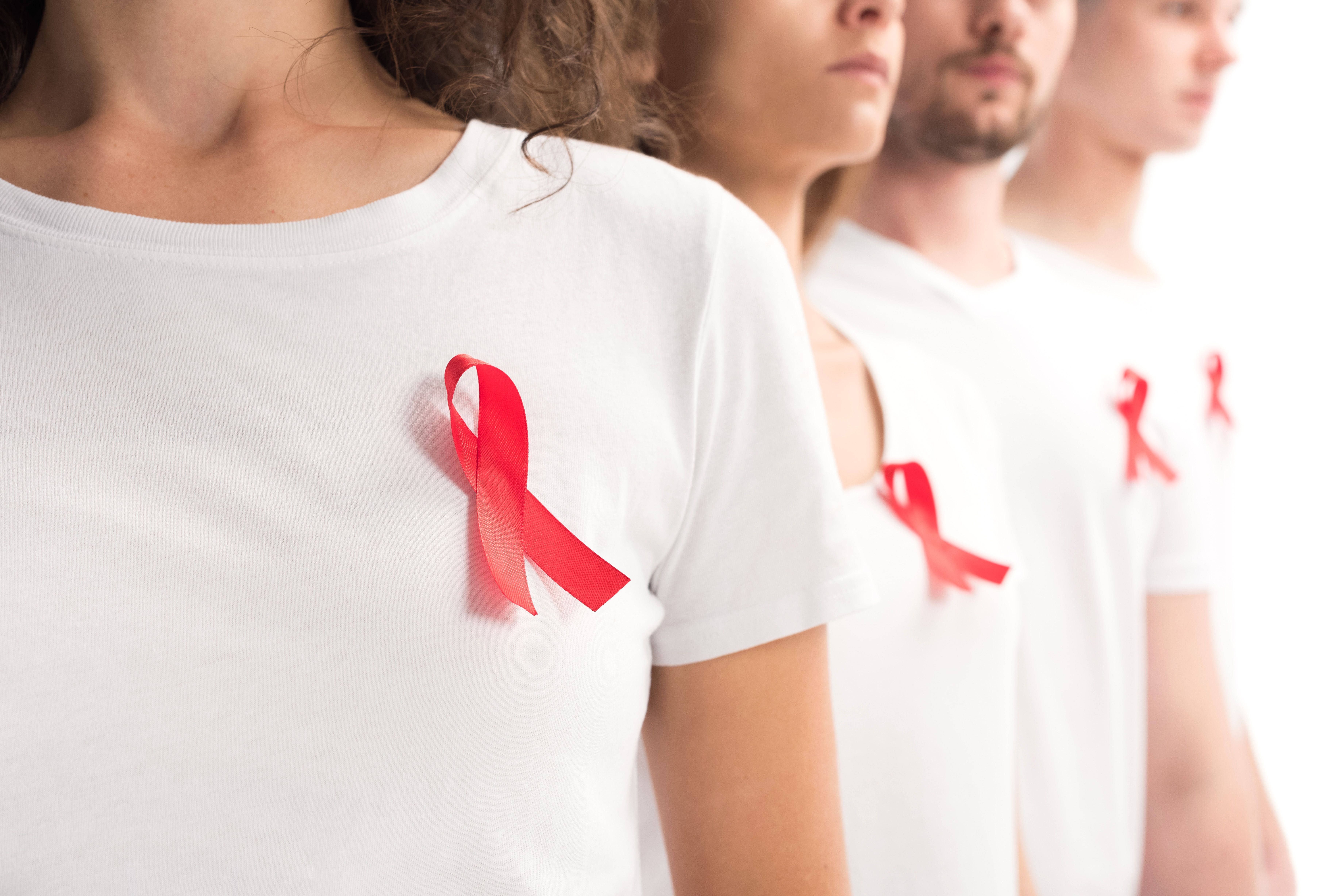Article
Many Rural Hospitals Lacked Oncology Care, Telehealth, or Both Before the Pandemic
Author(s):
The report helps clarify the urban/rural divide in cancer outcomes and the digital divide in telehealth access.
Although telehealth is widely available throughout the United States, millions of Americans do not have access to telehealth oncology services, a new report suggests.
The report, published in PLoS One, based on data from before the COVID-19 pandemic, also found that 26.6 million Americans did not have access to hospital-based oncology care nor telehealth services. The study was
Study authors noted that previous research has shown people living in rural areas tend to have worse cancer outcomes than their peers in urban or suburban areas. The problem is only getting worse, the authors said, as health systems consolidate the provision of the most complex cancer care at high-volume cancer centers.
Telehealth could help close the urban/rural oncology gap, they said.
“Telehealth offers referral centers the ability to provide outreach into rural and otherwise underserved areas whose residents may have difficulty traveling for care,” they wrote, adding that telehealth also makes it easier for providers at rural hospitals to connect with specialists from far-away cancer centers.
The problem, they said, is that very little is known about the existing capacity of US hospitals to provide telehealth oncology care.
In the new study, the investigators used government population and health care data, along with the 2019 American Hospital Association Annual Hospital Survey and Information Technology Supplement to map out access to telehealth and oncology services on a county-by-county level. Aside from population, they also analyzed county-level sociodemographic factors to see if they affected access to care.
The final data set included 4540 hospitals from 3152 counties in the 50 states and Washington, DC. Of those hospitals, 2054 (45.2%) reported that they offered both telehealth services and oncology services. Of the remaining hospitals, 1369 (30.2%) offered telehealth services but did not provide oncology care, 272 (6.0%) offered oncology care but not telehealth, and 845 (18.6%) offered neither service.
The authors said hospitals provided telehealth oncology care for several reasons, including delivering treatment, monitoring patients for toxicities, and offering survivorship or palliative care when in-person visits were not possible.
“However, we found that with increasing rurality or freestanding status, there is an increased likelihood of lacking telehealth within a county or hospital and that tens of millions of Americans live in counties without either telehealth or oncology services available at hospitals,” they wrote.
Specifically, they found 1288 of the 3152 counties in the study had no hospital-based oncology or telehealth services, a number that translates to some 26.6 million Americans living in 41 states.
“After adjustment, rural hospitals were less likely than urban hospitals to offer telehealth alongside existing oncology care (odds ratio, 0.27; 95% CI, 0.14-0.55; P < .001),” they reported.
The authors found no county-level factor associated with telehealth availability among hospitals with oncology services. However, among hospitals that offered telehealth, counties with higher levels of poverty and higher rates of uninsured patients were less likely to have oncology services.
The investigators noted that their study is based on data gathered prior to the COVID-19 pandemic, a global health crisis that prompted many health systems to embrace telehealth in an unprecedented way. But they noted that telehealth utilization rates have declined since the peak of the pandemic, and so they said it will be important to keep good data to monitor telehealth and oncology care availability in the coming years.
“Furthermore, improvements in data collection, and advocacy to prioritize adoption of telehealth as a critical element of cancer care, will improve health equity by decreasing disparities attributable to place of residence,” they said.
Reference
Shalowitz DI, Hung P, Zahnd WE, Eberth J. Pre-pandemic geographic access to hospital-based telehealth for cancer care in the United States. PLoS One. Published online January 31, 2023. doi:10.1371/journal.pone.0281071





